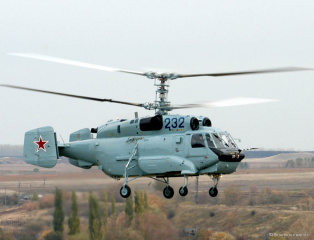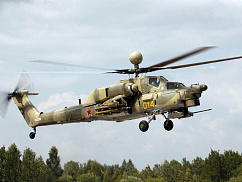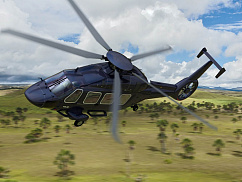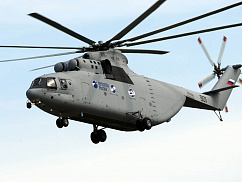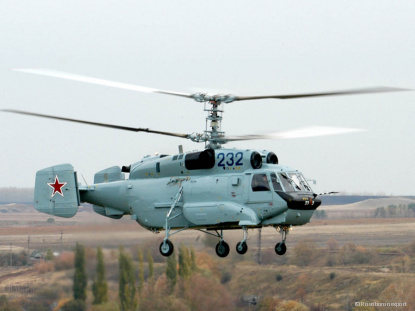
en formato pdf
Mission and primary tasks
The Ka-31 radar picket helicopter is designed to detect both air targets, including low-flying ones against background of sea and land, as well as surface ships, track and identify them, as well as provide automatic data transmission to ground and ship-based command and control centers.
The helicopter significantly increases the effectiveness naval and air operations, providing ships and aircraft with timely information on the activities of enemy ships, planes and helicopters.
Equipment and armament
Under the transport cabin floor there is a support-rotating mechanism of a 6-meter long flat antenna. Rotation of the antenna sheet at a constant rate of 6 r/min provides scanning of the space in the horizontal plane. In the stowed position the antenna is pressed against the bottom of the fuselage.
The helicopter is equipped with a flight control and navigation system and onboard communications equipment.
Main advantages
- capability of using both ground airfields and ships, day and night, and in adverse weather conditions;
- helicopter operability in all areas of the oceans of the world;
- the cost of radar picket missions performed by the Ka-31 helicopter is significantly lower compared with using any plane of a similar purpose;
- high safety and single-engine flight and landing capability;
- high target approach accuracy through installation of an inertial-satellite navigation system;
- suitability for use in air traffic management and search & rescue operations;
- high mobility enabling the use of the helicopter from underdeveloped airfields and unprepared sites.



